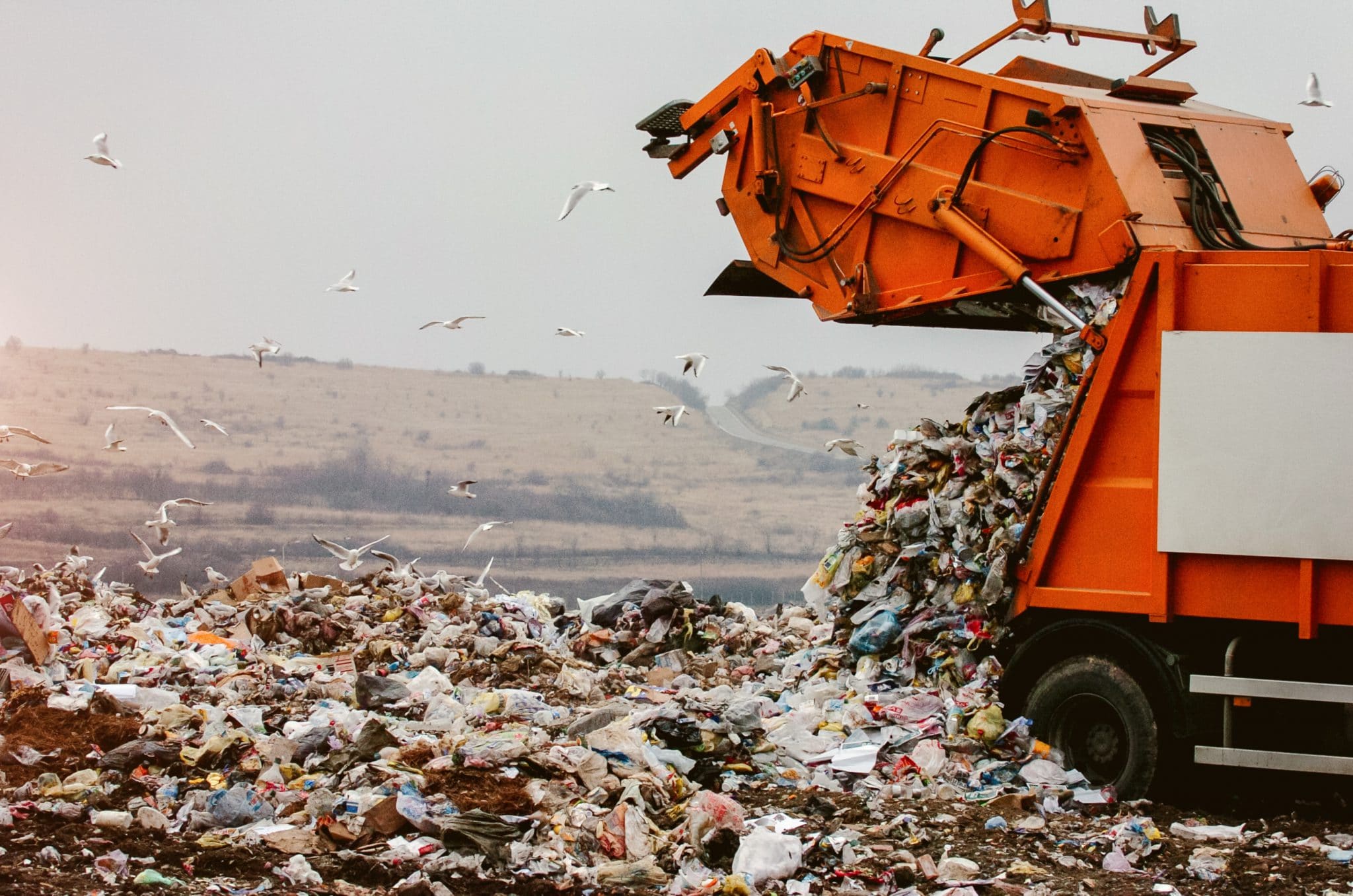Landfill Gas
LFG Energy from MSW
Carborex®MS & Sulfurex® for LFG
Landfills make up 20% of human-related methane emissions in both the U.S. and Canada. Landfills also contain the same anaerobic bacteria present in a digester to produce biogas, or landfill gas (LFG). Instead of having LFG escape into the atmosphere, LFG can be captured, converted, and upgraded to renewable natural gas (RNG) using DMT’s fully integrated system.
- Durable and robust system.
- Easy Integration.
- EPC friendly.

Landfill Gas Quality
Landfill gas (LFG) is a natural byproduct of the decomposition of organic material in landfills. LFG contains many different gases. 90 to 98 percent of LFG is made of methane (CH4) and carbon dioxide (CO2). The remaining 2 to 10 percent consists of nitrogen, oxygen, ammonia, sulfides, hydrogen, VOC’s and siloxanes.
The quality of landfill gas for biogas upgrading varies. Contributing factors include oxygen content, the amount of moisture, temperature, the type of waste present in the landfill and the age of the landfill. Generally, the production of these landfill gases reach a peak in five to seven years, but a landfill can continue to produce gases for more than 50 years.
Landfill Impact
Landfills make up 20 percent of human-related CH4 emissions in both the U.S. and Canada. Additionally, municipal solid waste (MSW) landfills are the third-largest source of human-related CH4 emissions in the U.S. In 2018, this accounted for approximately 15 percent of these emissions. The impact from landfill gas includes:
- Health. Studies conducted in communities near landfills and waste lagoons reported health complaints which coincide with effects from elevated levels of H2S and other harmful gases. Complaints included eye, throat and lung irritation, nausea, headache, nasal blockage, difficulty sleeping, weight loss, chest pain, and aggravation of asthma. Many of these effects are consistent with exposure to H2S.
- Safety. While LFG explosions are not common occurrences, CH4 is flammable and concentrations can exceed explosive levels indoors. LFG can also move from a landfill through soil into outdoor air and indoor air of nearby buildings.
- Odor. Landfill odor is primarily due to hydrogen sulfide (H2S) and ammonia.
However, CH4 emissions from landfills represent a lost opportunity to capture and use a significant energy resource. Producing renewable natural gas (RNG) from LFG reduces odor as well as health and safety hazards associated with LFG emissions. Additionally, biogas upgrading from LFG reduces greenhouse gas emissions, generates revenue and creates local jobs.
